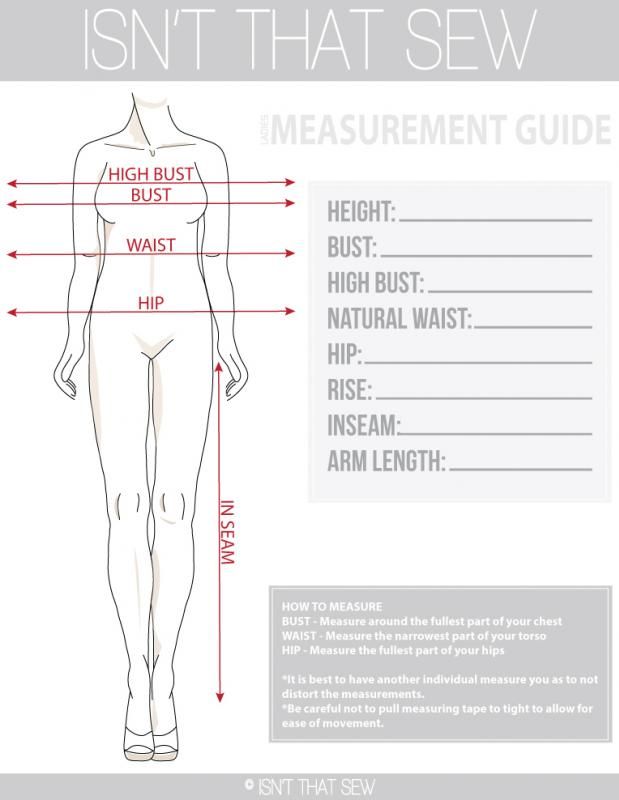Sewing Basics-Tools and Supplies
Cutting
You'll need several types of scissors when setting up your home sewing studio. You need scissors that specialize in different tasks. Yes, even scissors can be highly specialized. The basic scissors you'll need to get started are fabric scissors and paper scissors. The nice to have scissors are embroidery scissors and a rotary cutter.
Fabric Scissors / Dressmaker's Shears: 8” bent dressmaker’s shears are by far the best tool for cutting
fabric. It is super important to
only use them to cut fabric. Also, it's best to keep them sharp. Most sewing machine dealers will sharpen scissors and I think even some local fabric shops can take care of business. My favorite dressmaker's shears are
Gingher 8" Knife Edge Dressmaker Shears.
Paper Scissors: Any old scissor will get the job done. You will use these scissors to cut paper and tissue paper patterns, but never fabric. Something like
this pair of scissors will do just fine.
Embroidery Scissors:These guys are optional, but hand to have around. They come in handy trimming threads, clipping
corners, or opening button holes. Same as the dressmakering shears, I am a loyal Gingher customer and wouldn't recommend anything else. The one's I have in my studio are these
4" embroidery scissors. But, these 4.5"
thread nippers are pretty awesome too! They just don't serve much of a dual function.
Rotary Cutters: Oh joy! What a time saver this handy tool can be. It works great for cutting just about anything, except of course really intricate curves and corners. I love
Fiskars Roatry tools. It is best to use a ruler for straight lines and you will definitely need a cutting mat! You can purchase a
set of rotary tools to save a few bucks.
Seam ripper:s I am including this in the cutting section because I don't know where else to put it. A seam ripper is a small, pointed device with a super sharp blade. It is used to pick
unwanted stitches (read you really messed up). Or, to open seams and/or button holes. I think it's best to spend a few extra bucks and get an
ergonomical seam ripper from Dritz. Your hand will thank you after you have to pull apart your first seam!
Measuring
I cannot stress how important measuring is when sewing. Sometimes an eighth of an inch makes all the difference. Seriously, I speak from first hand experience! The good news is that you don't need a bunch of expensive or fancy rules, like you do when
pattern drafting.
Tape Measure: I think the plain ole' plastic coated tape measures work the best. They won't stretch and they have proven themselves tried and true over the years. You'll use this to obtain body measurements, or to measure round curves. Most tape measures are yellow and are 60" long by 5/8" wide. Dritz makes my favorite
tape measure.
Seam Gauge: This handy tool isn't a deal breaker, but it's nice to have. It works well when measuring and marking button holes and hems. It's a 6” ruler w/ a
adjustable slide that moves up and down. How cool is that. I can't tell you how many times I've used a
seam gauge in my day!
Clear plastic: This guy is great for home décor, measuring just about anything, and cutting straight lines (with rotary cutter).
Marking
Marking your patterns and fabric is also important. When putting a garment together, it involves a lot of steps and specific orders of operation. So, keeping everything marked and in order will come in handy!
Disappearing chalk: This chalk will disappear on its own after a few days or with
the heat of an iron.
Wash-out pencil: This marking pencil is best sued for dark colors. It will wash out w/ a drop
of water.
Vanishing Marker: This marker is best for light colors. I like it better than a pencil because it is a felt-tipped marker. I also prefer the one that has two sides, the 'disappearing ink' and 'marks be gone'. One side disappears in 12-24 hours and other side will wash out.
Tailors chalk, rotary: Tailors chalk is another one of those ole' tried and true dressmaker's tools. You can get a neat chalk holder to go with it so you don't get your hands all chalky. I am also a big fan of the rotary chalk pencils. They are filled with a powdered chalk and have a wheel that dispenses the chalk nicely. I love this
rotary chalk pencil from Clover.
Ironing
Ironing. Again, just like everything else...it's oh so crucial! It really makes all the difference when trying to create professional looking garments.
Ironing board: Umm...self explanatory, no? You can get a smaller table top version or a traditional free standing ironing board.
Make sure it's padded though. If it not padded you can scar your seam and/or fabric. Not good. I like the covers that are cotton or muslin because they aren't as slipper or keep as much heat as the reflective covers.
Iron: You’ll need a good Iron. Like, seriously. A good iron is crucial. I prefer
Rowenta. Which ever brand you choose, it will need a variety of heat settings so that you can adjust per fabric requirements.
Press cloth: While not a necessity, it's nice to have a press cloth. Press cloths act as
barrier between iron and fabric. Make sure to use a 100% cotton or linen tea towel or
just purchase a
press cloth.
Tailors ham: Yes, that is its actual name, ham. It is a stuffed, triangular,
ham shaped pressing tool that has several
curves that simulate body shape. It helps to press and shape curved seams like
darts, side seams, sleeves, etc.
If you found this post helpful, please SHARE, COMMENT, or PIN it!
Labels: sewing basics, sewing for beginners, supplies, tools















